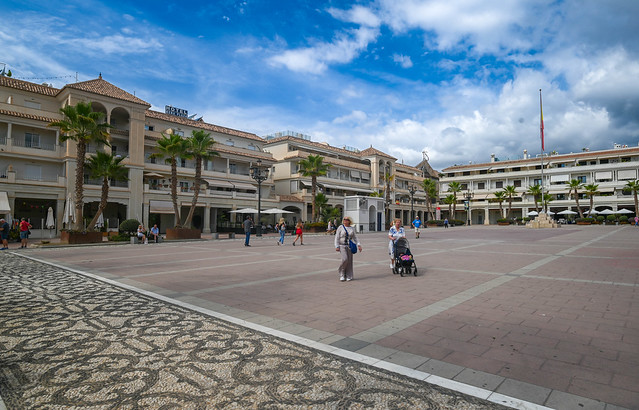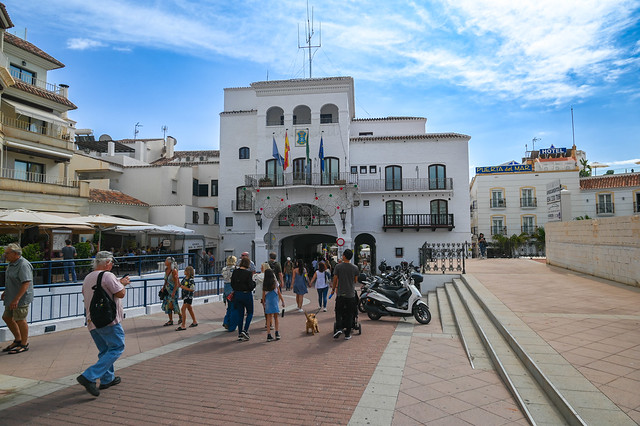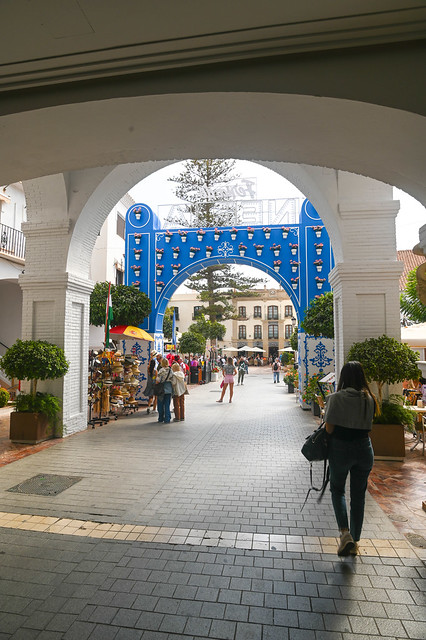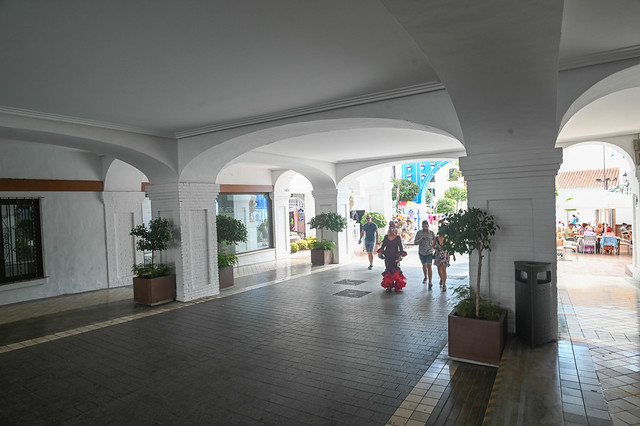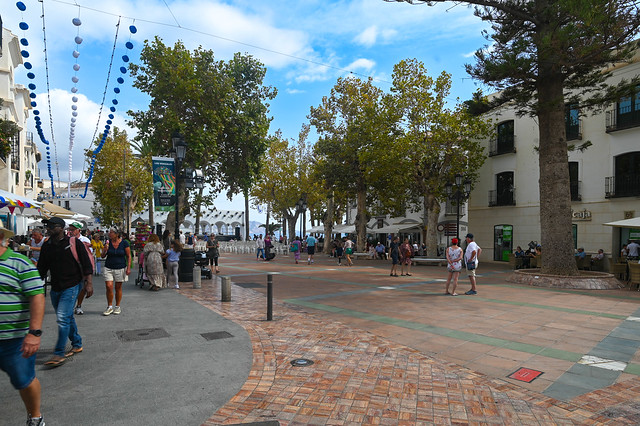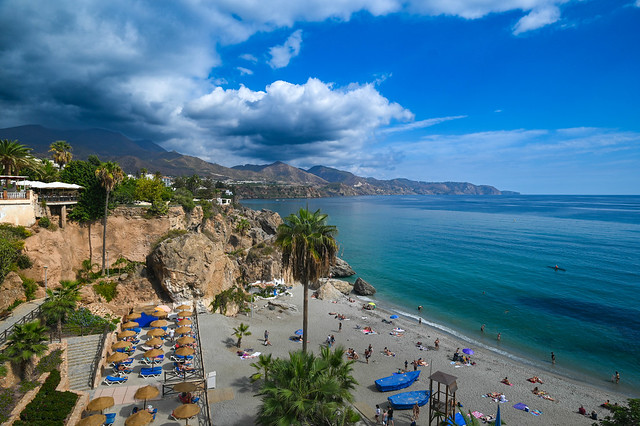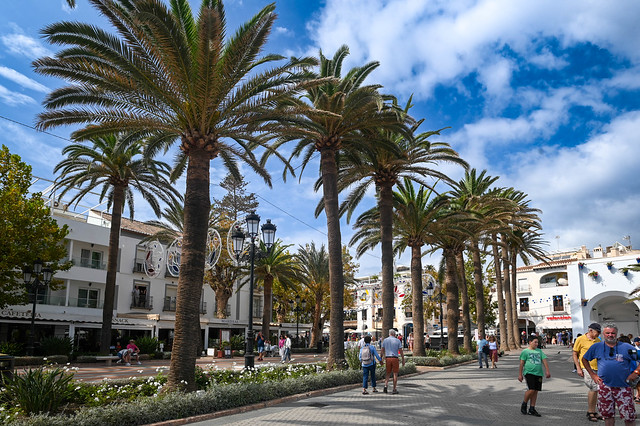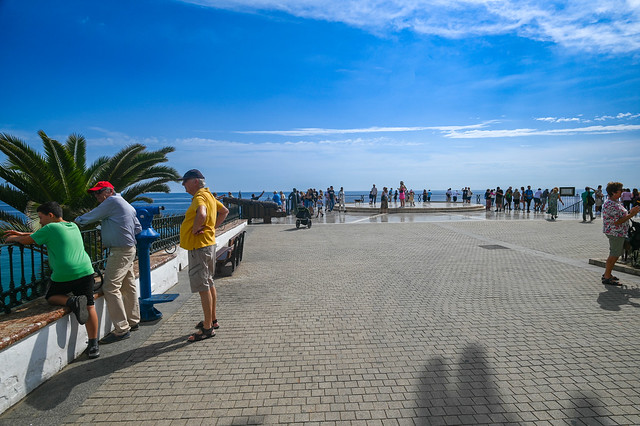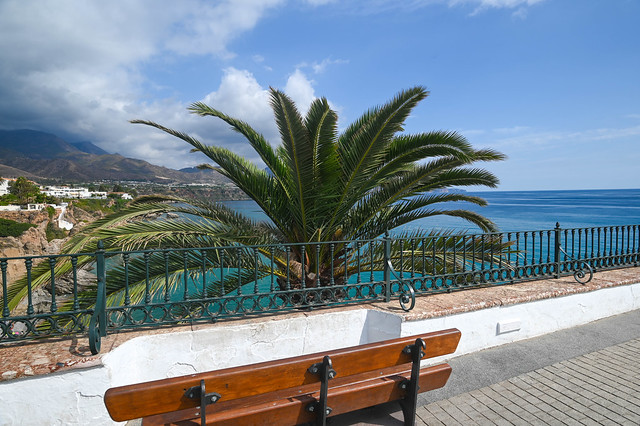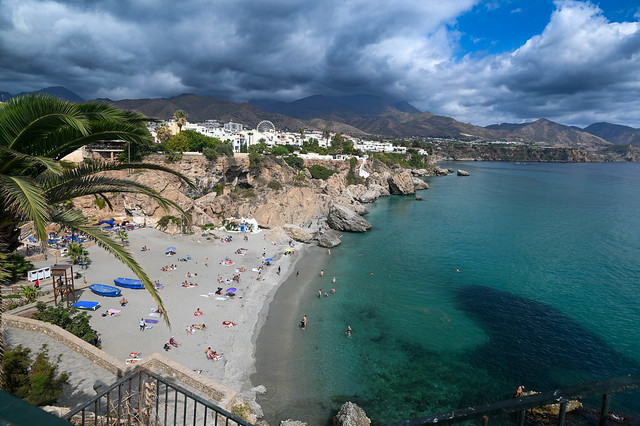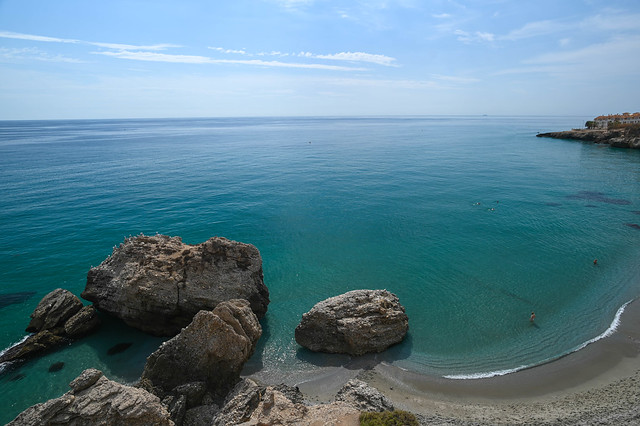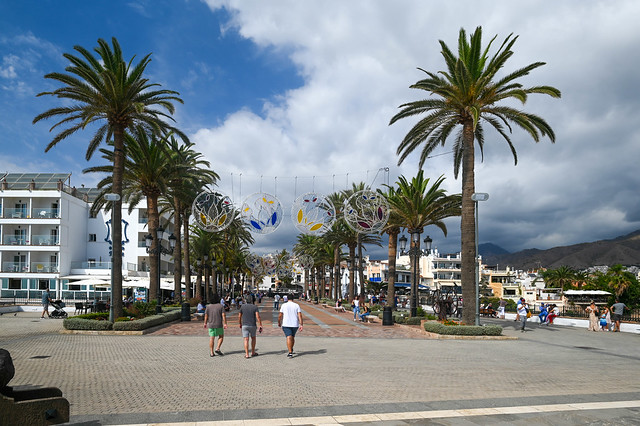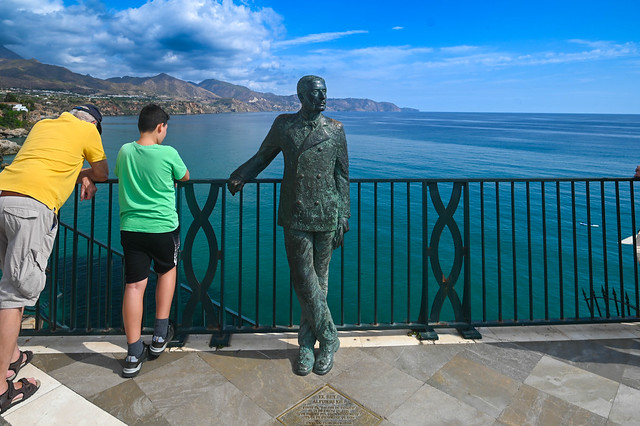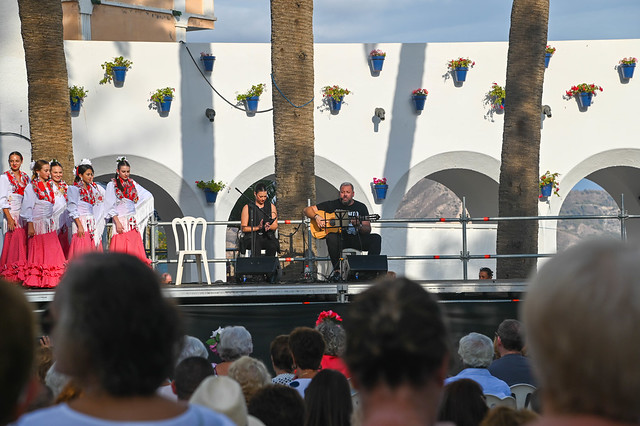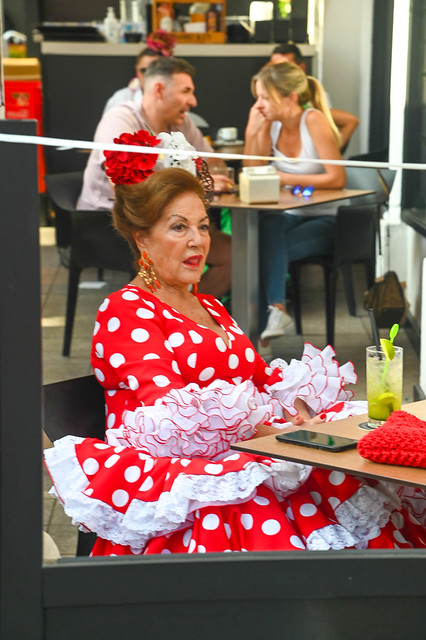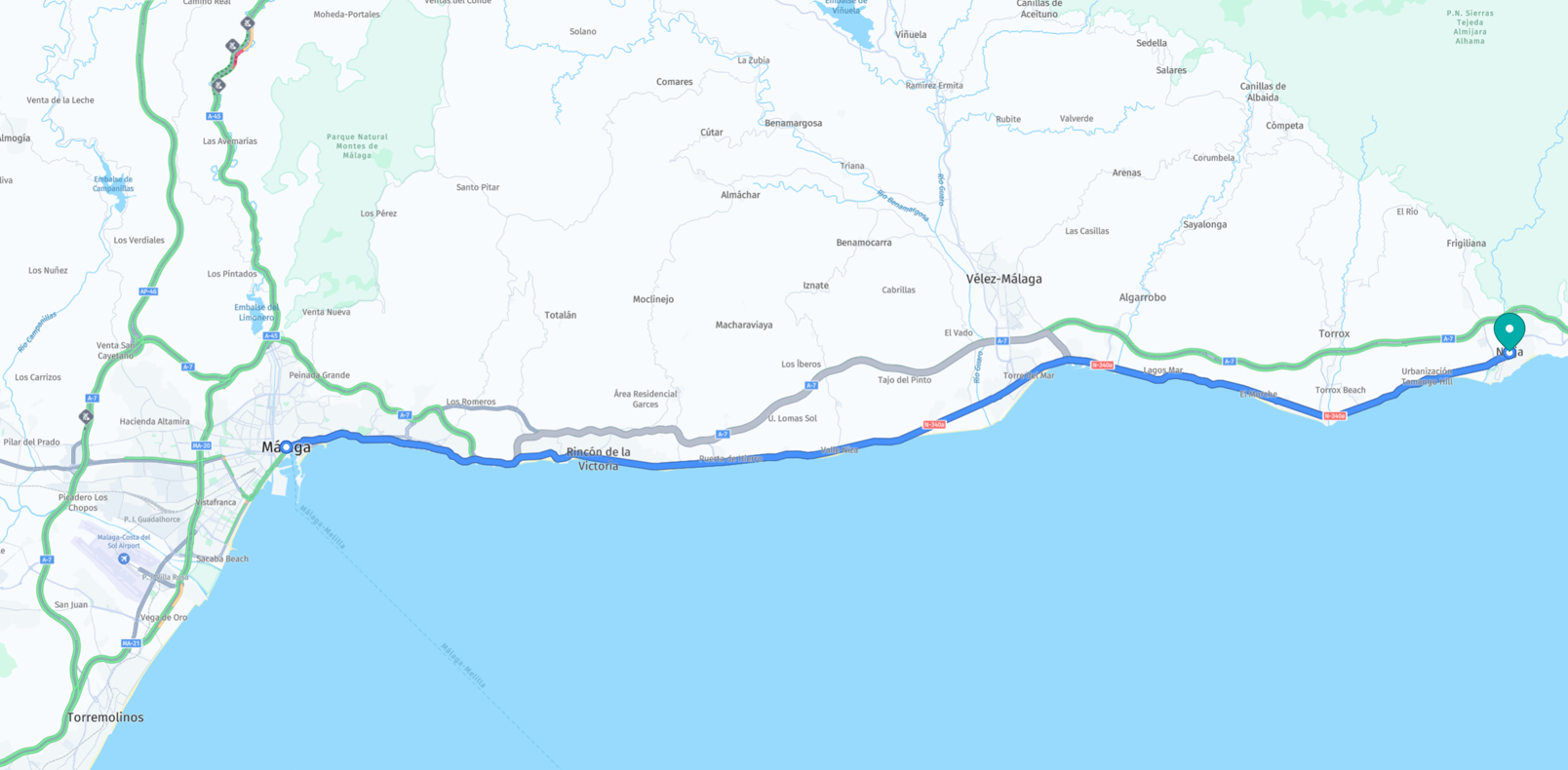About Nerja
Nerja is a municipality on the Costa del Sol in the province of Málaga in the autonomous community of Andalusia in southern Spain. It is part of the comarca of La Axarquía. It is on the country's southern Mediterranean coast, about 50 km east of Málaga
The Romans built three settlements here, including Detunda, of which now large remains can be seen. The area was later taken over by the Arabs in the early 8th century. Under Muslim rule, its name was Narixa, which means "abundant source" and is the origin of the current name.
The Balcón de Europa, a mirador or viewpoint which gives views across the sea, is in the centre of the old town. Its name is popularly believed to have been coined by King Alfonso XII, who visited the area in 1885 following a disastrous earthquake and was captivated by the scene. Local folklore says that he stood upon the site where the Balcón now stands, and said "This is the balcony of Europe". Local archive documents are said to show that its name predated this visit, but this has not prevented the authorities from placing a life-sized (and much photographed) statue of the king standing by the railing.
The Balcón area was originally known as La Batería, a reference to the gun battery which existed there in a fortified tower. This emplacement and a similar tower nearby were destroyed during the Peninsular War. In May 1812, the British vessels Hyacinth, Termagant and Basilisk supported Spanish guerrillas on the coast of Granada, against the French. On 20 May, Termagant or Hyacinth opened fire and the forts were destroyed. Two rusty guns positioned at the end of the Balcón are reminders of these violent times. The huge lumps of rock, the remains of La Batería, visible in the sea at the end of the Balcón, are further evidence of this action.
en.wikipedia.org
